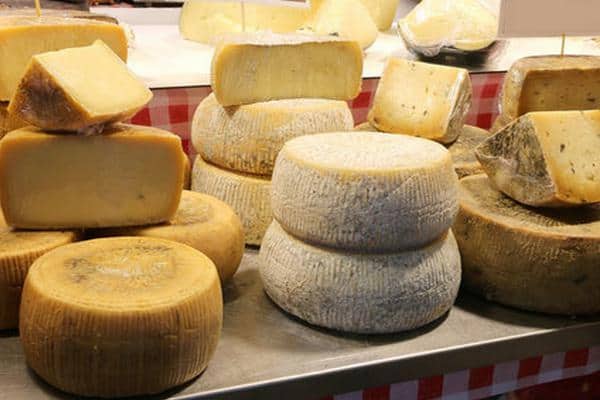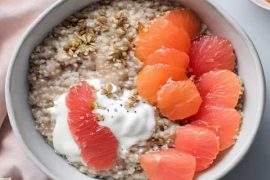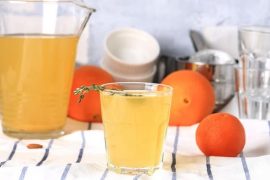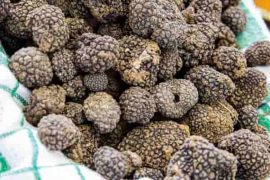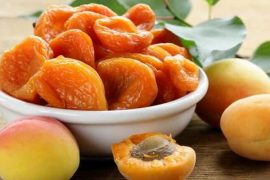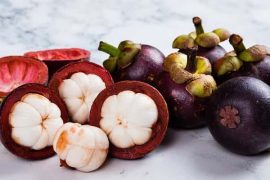Зміст
There are many types of cheese in the world, which differ in taste, smell and method of preparation. Cheese is an excellent source of calcium as well as other valuable nutrients. However, we must read the labels carefully when purchasing this delicious product. On store shelves, next to real cheese, there may be cheese-like products. They are attracted by their more affordable prices, and their packaging often resembles those in which real cheese is packaged.
Buying them can be disappointing as their taste and texture leaves a lot to be desired. However, they contain ingredients that should never be found in cheese: milk powder, wheat starch, tallow, soy, and hydrogenated vegetable fat. So how do you tell cheese from imitation cheese?
Real cheese
There are many types of cheese, but they all have one thing in common – they are all made from milk fat. According to the provisions of the Trade Inspection, the name cheese can only be used in the case of dairy products obtained from milk by separating proteins and fat from it. In addition, cheese can also contain lactic acid bacteria, rennet, salt and other spices, and sometimes calcium chloride (obtained naturally from sea salt). Some cheeses also contain preservatives and colors that should extend the shelf life and improve the flavor of the product.
They are not always good for your health, but they do not affect the taste and texture of the dairy product. Natural cheese is high in fat, but also high in calcium (more than milk) and other nutrients such as vitamins A and E,
Similar cheese products
However, on store shelves, in addition to real cheeses, there are also substitutes – cheese. Many people do not realize that such articles exist and cannot distinguish them from the original. It is forbidden by law to call these products cheese, but their manufacturers use other techniques to attract consumers.
They package cheese-like products just like real cheeses, making it easy to get confused. In addition, these substitutes are usually found side by side on the store shelf. We are in a hurry, we reach for the product, linking it by color and signs on the package. Often times, similar terms are used to imitate cheese products such as “yellow fried”, “Greek sandwich”, “type …” or “pieces of cheese”. Meanwhile, they have little to do with real cheese, they are made from a mixture of milk with vegetable fat and hardened fat. These foods differ in taste and aroma from real cheeses, and in addition, they only provide empty calories with no nutritional value.
How to distinguish cheese from artificial cheese?
If we do not want to be disappointed and unknowingly buy a cheese-like product, we must first pay attention to the label and the composition of the product. When the name “cheese” appears on the packaging, we can be sure that we are dealing with a real dairy product. In addition, it should only contain ingredients such as milk, lactic acid bacteria, spices, rennet and possibly preservatives. Each addition of vegetable fat in the product makes it a cheese-like product. Typically, hydrogenated palm oil is used for this, which contains spenders. Excessive consumption of them can increase the risk of overweight, diabetes, and cardiovascular disease. The content of milk powder, animal starch, soybean and wheat starch also confirm this type of food.
Cheese: Price difference
Another indicator of whether this is real cheese is the price. It cannot be as cheap as imitation cheese products, as it takes 10 to 15 liters of milk to produce a kilogram of cheese, so do the math. All products that are cheaper are artificial substitutes. Cheese-like products are supposed to be attracted at a low price.
Cheese: Flavor and texture
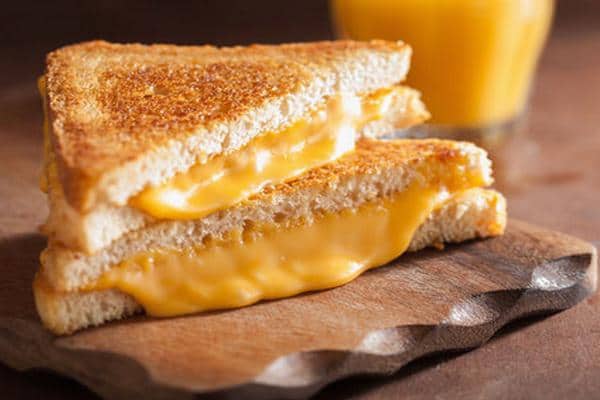
Real cheese also differs from cheese-like products in taste and texture. Artificial substitutes will never taste as delicious as real cheeses. They are somewhat reminiscent of butter, and when they sit for a long time on a store shelf, they smell like rancid fat. In addition, they tend to be less hard but rubbery, crumble when cut, and melt in different ways.
Real cheese can be known among others, after pressing it should leave a greasy mark on the fingers. Cheese-like foods are also not very valuable, they do not contain vitamins and minerals. So, let’s focus on quality, not product price, and only buy real cheese from a trusted source.


